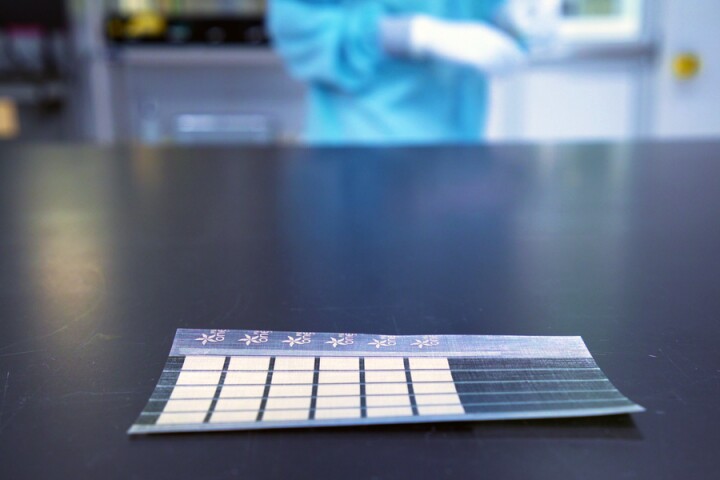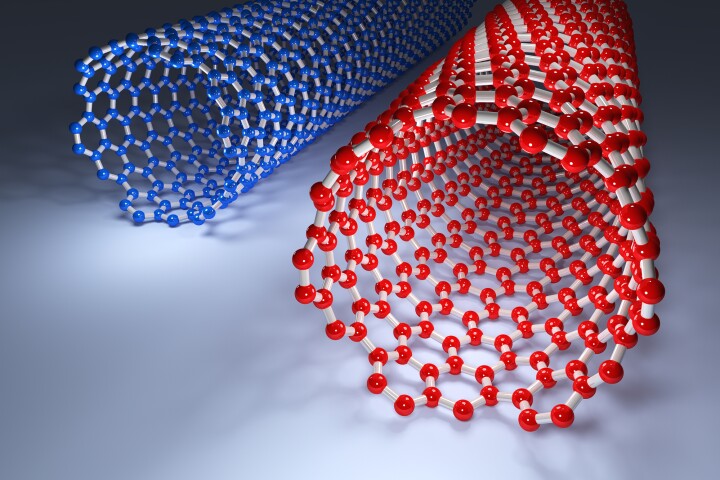Solar Cell
-
Solar cells that are thin and flexible hold unique promise, as they could be applied to all kinds of irregular or otherwise unsuitable surfaces. Thinner than a human hair, a new lightweight solar cell continues to push the envelope in this space.
-
A new solar cell packs a record voltage and (arguably) a record efficiency for its kind. The tandem solar cell uses two layers of perovskite that tap into different wavelengths of light, plus a special surface treatment reduces wasted energy.
-
Engineers at EPFL have inserted carbon nanotubes into photosynthetic bacteria, greatly improving their electrical output. They even pass these nanotubes down to their offspring when they divide, through what the team calls “inherited nanobionics.”
-
Engineers at UIC have developed a device that can efficiently convert captured carbon dioxide into ethylene, a plastic precursor material. When run using renewable energy, the technique could make for net negative emissions in plastic production.
-
Why design robots from scratch when nature has already done the hard work for us? That’s the reasoning behind cyborg insects, and now scientists have found a way to power remote-controlled cyborg cockroaches using custom solar cells.
-
Solar cells still have plenty of room for improvement. Researchers at New York University Tandon have now developed thin film that boosts solar cell efficiency by converting wasted wavelengths of light into ones that can produce energy.
-
Scientists have broken the efficiency record for tandem silicon-perovskite solar cells, surpassing the milestone of 30 percent for the first time. The new record takes the technology beyond the upper limits of silicon alone, using low-cost materials.
-
Before perovskite can become viable for solar cells, it needs to overcome a major durability issue. Engineers at Princeton have unveiled a new perovskite solar cell design that tests suggest could last as long as 30 years of real-world use.
-
There’s still room for improvement for solar cells. Stanford engineers have now developed pyramid-shaped lenses that focus sunlight from any angle onto a solar cell, keeping it collecting power from sunrise to sunset.
-
Researchers at the National Renewable Energy Laboratory have broken the world record for solar cell efficiency. Reaching almost 40 percent, the new device boasts the highest efficiency recorded for any type of solar cell in real-world conditions.
-
In a world first, a team at the University of New South Wales has demonstrated measurable power generation from "the inverse of a conventional solar cell." It could eventually produce around one tenth as much power as a solar panel – but at night.
-
Perovskites are promising solar cell candidates, but a major downside is that they degrade in direct sunlight. Researchers have now uncovered a root cause of the problem, and found a simple fix that can be applied during the manufacturing process.
Load More











